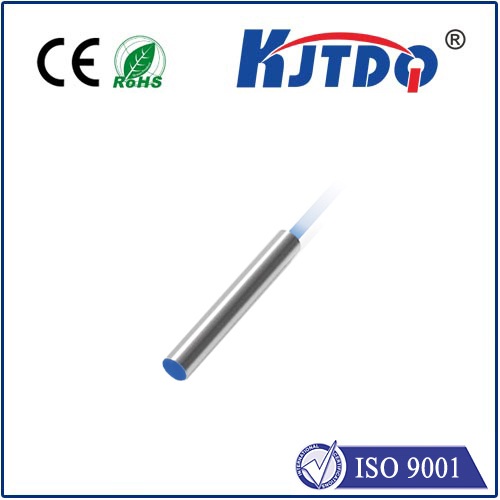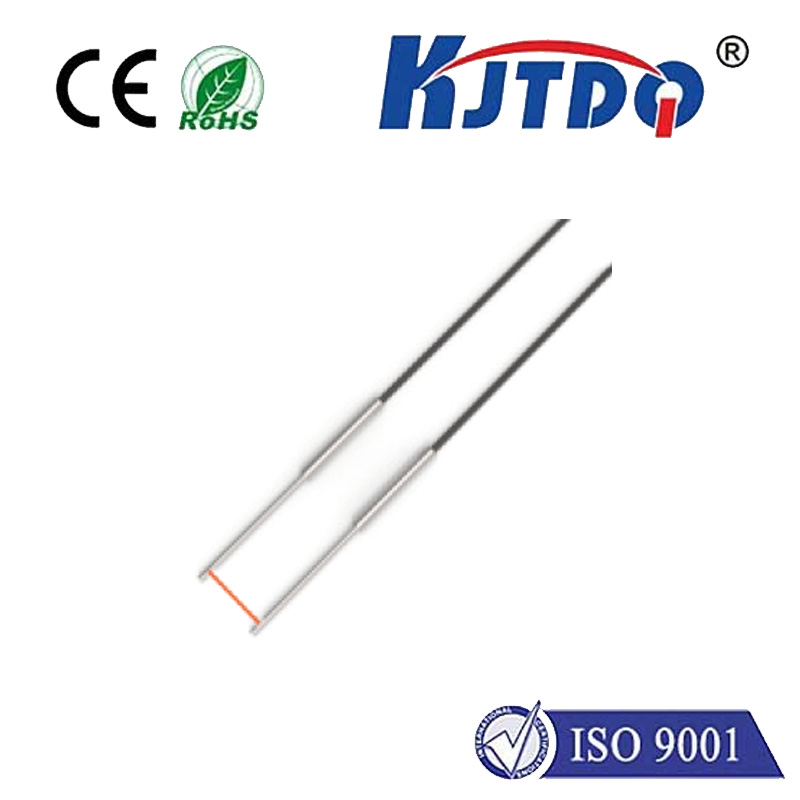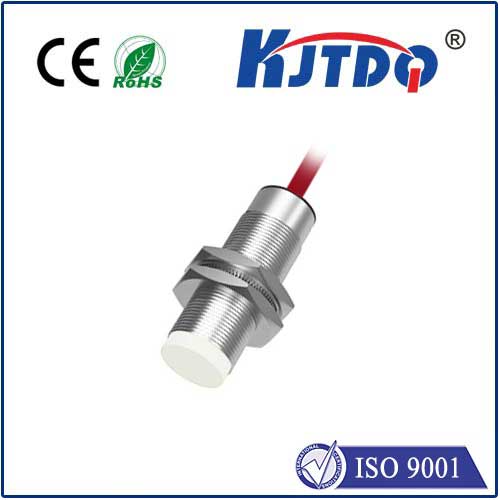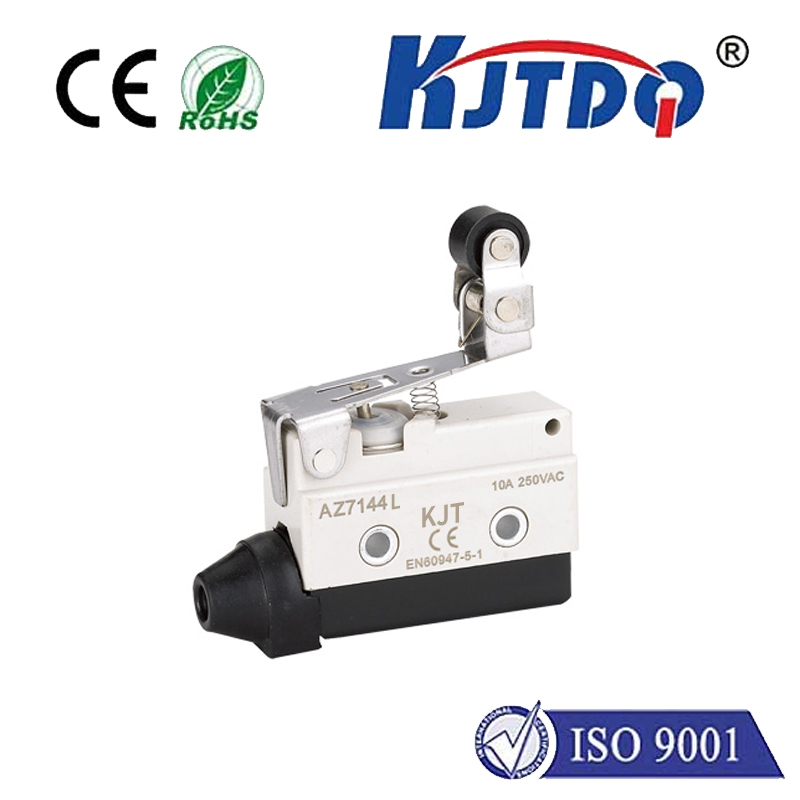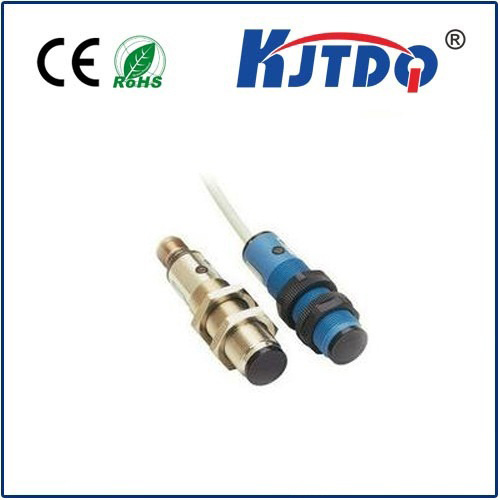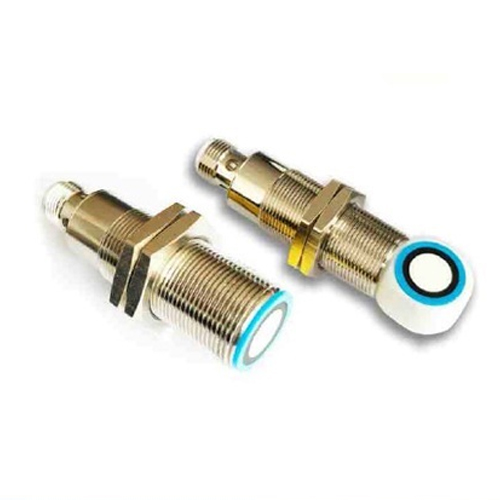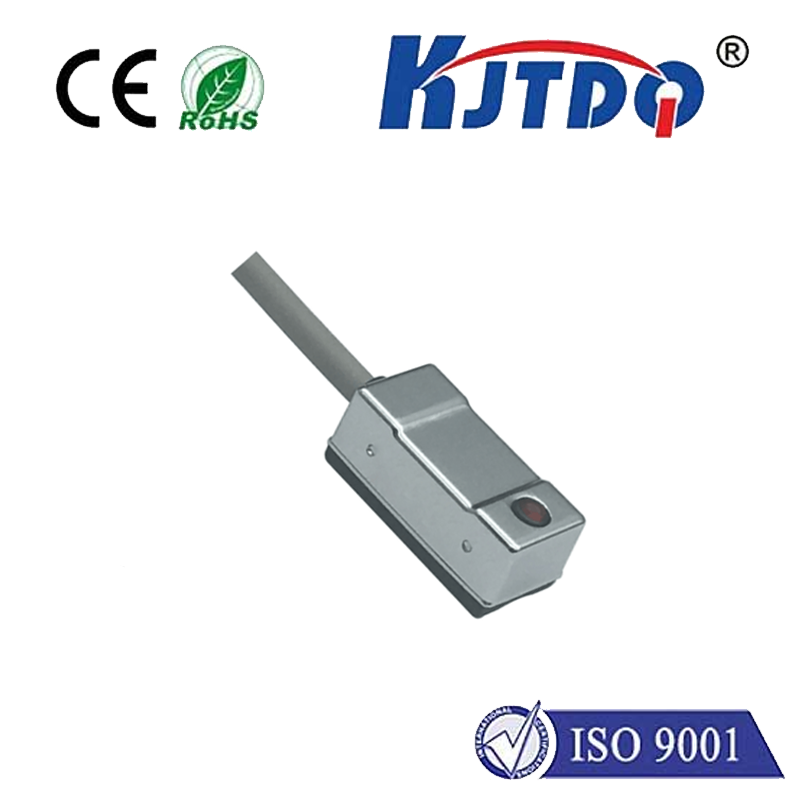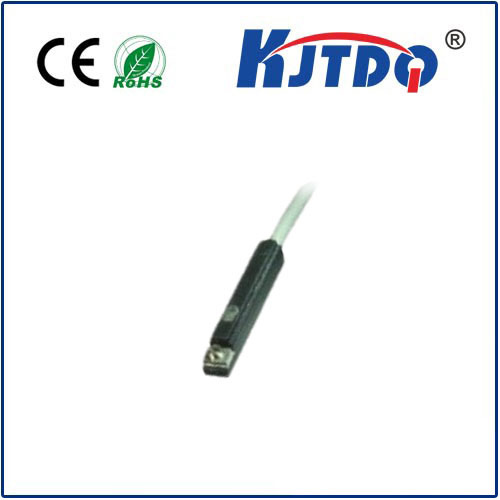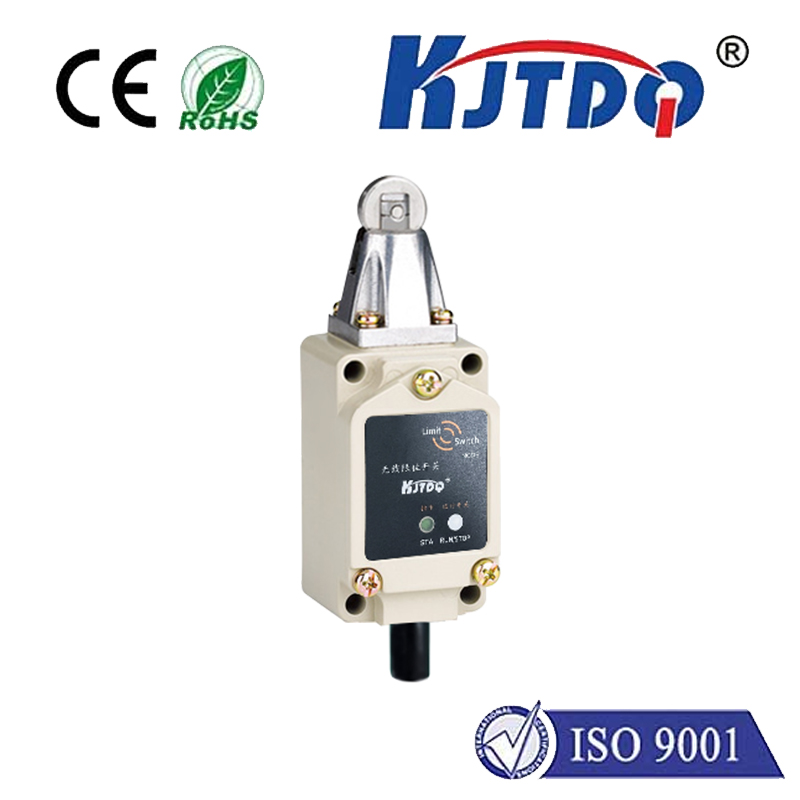optical eye sensor
- time:2025-08-16 02:28:52
- Click:0
Optical Eye Sensors: The Unseen Guardians of Modern Automation
Forget the clunky mechanical switches of the past. In the intricate dance of modern factories, assembly lines, and even our everyday appliances, a silent, swift, and supremely reliable sentinel keeps watch: the optical eye sensor. Often termed photoelectric sensors, these devices are the cornerstone of non-contact object detection, leveraging the power of light to perform critical tasks with astonishing speed and precision. Understanding how they work and where they excel reveals why they are indispensable in automated systems.
The Core Principle: Light as the Messenger
At its most fundamental level, an optical eye sensor operates on a beautifully simple concept: it either detects the presence or absence of light. It achieves this through an emitter-receiver pair. The emitter (usually an LED, Infrared LED, or Laser Diode) projects a focused beam of light. The receiver (typically a phototransistor, photodiode, or in some cases, a camera chip) faces this beam. When an object interrupts this beam, or conversely, reflects it back (depending on the sensor type), the change in light intensity at the receiver triggers an electrical signal change.
This seemingly basic interaction forms the bedrock of their functionality. The sensor’s output – often a simple switch-like signal (ON/OFF) – is then interpreted by a control system (like a PLC - Programmable Logic Controller) to initiate actions: stop a conveyor belt, count items, verify presence, activate a mechanism, or signal an error.
Unpacking the Anatomy and Operation

While the core principle is simple, the implementation can be sophisticated:
- Emitter-Receiver Configuration: This defines the primary sensor types:
- Through-Beam (Opposed Mode): Emitter and receiver are housed in separate units facing each other. Detection occurs when an object breaks the beam between them. This offers the longest sensing ranges and highest immunity to object surface characteristics (color, texture, reflectivity). Think of it as the most robust “beam break” detection.
- Retroreflective: Emitter and receiver are combined in a single housing. The sensor projects a beam towards a dedicated reflector (corner-cube reflector). Detection happens when an object interrupts the beam returning from the reflector. A key feature here is polarization filters to prevent false triggers from shiny objects acting like reflectors themselves. This provides good range with simpler wiring than through-beam.
- Diffuse (Proximity Mode): Emitter and receiver are also combined in one unit. The sensor detects light reflected directly off the target object itself. Detection distance depends heavily on the object’s size, color, and surface reflectivity (white objects are detected farther away than black ones). This is the most compact and easiest to install but has the shortest range and is most affected by target properties.
- Background Suppression (BGS) / Foreground Suppression (FGS): Advanced variations of diffuse sensors. Using triangulation or focused light points, they can discern an object within a very specific distance range, ignoring objects closer or farther than the set point. Crucial for precise positioning or detecting objects on a consistent background.
Light Sources: Common emitters include Red LED (visible, general purpose), Infrared (IR) (invisible, resistant to ambient light interference), and Laser Diode (highly focused beam for precision or long-range detection). Some specialized sensors use blue LEDs for detecting difficult targets like transparent films or specific colors.
Output Circuits: Sensors provide electrical signals the control system understands:
- Digital Outputs (Discrete): The most common type, acting like switches. NPN (Sinking) or PNP (Sourcing) outputs dictate how they connect to PLCs or controllers. Key parameters are Light-On / Dark-On Modes, determining if the output activates when light is received (Light-On) or when the beam is blocked (Dark-On).
Why Optical Eye Sensors Reign Supreme
Their dominance in industrial and commercial applications isn’t accidental. They offer compelling advantages:
- Non-Contact Sensing: The core benefit. They detect objects without physical touch, eliminating wear and tear, allowing detection of fragile items, and enabling very high-speed operation. Mechanical switches simply can’t compete on speed or longevity.
- Blazing Speed: Detection and response times are typically measured in milliseconds or microseconds. This is essential for high-throughput production lines, packaging machines, and robotics.
- Long Sensing Ranges: Through-beam sensors can reliably detect objects meters away, providing flexibility in machine design.
- Versatility: Available for diverse targets (metal, plastic, wood, glass, liquids) and challenging environments (washed down areas, dusty atmospheres) with appropriate housing ratings (IP67, IP69K). Specific models excel at detecting transparent objects, small parts, or contrasting backgrounds.
- Durability & Reliability: Solid-state construction (no moving parts) translates to impressive operational lifespans and minimal maintenance compared to mechanical alternatives.
- Precision: Background Suppression sensors and laser types offer remarkably accurate positioning and distance measurement capabilities.
Illuminating Applications: Where the Optical Eye Shines
The use cases span virtually every industry:
- Object Detection & Counting: Detecting products on conveyors, counting bottles, verifying component presence in assembly, confirming workpiece loading/unloading in CNC machines.
- Level Control: Monitoring fill levels in tanks (liquid or solid) – detecting the presence/absence of material at a sensor point. Often used as point-level indicators.
- Positioning & Verification: Ensuring parts are correctly seated in fixtures, verifying robot end-effector positions, confirming the open/closed state of doors or guards.
- Edge Guiding & Web Control: Detecting the edge of material webs (paper, film, textiles) for precise alignment in printing and converting machinery.
- Security & Access Control: Beam-break detection for perimeter security, gate monitoring, safety light curtains ensuring personnel are clear of hazardous zones.
- Packaging Machinery: Detecting package presence for labeling, cutting, sealing; verifying case filling; counting items going into boxes.
- Automotive Manufacturing: Used extensively in assembly robots for part positioning, welding verification, and quality control gateways.
Choosing the Right Optical Eye
Selecting the optimal sensor requires careful consideration:
- Detection Task: What needs to be detected? (Presence? Absence? Position? Distance?)
- Target Properties: Size, color, material, surface finish (shiny, matte, transparent)? Transparent objects demand specific sensor types like polarized red light or blue laser.
- Required Sensing Distance: How far away is the object?
- Environment: Exposure to dust, moisture, chemicals, temperature extremes, vibration? Requires appropriate IP rating and housing material.
- Mounting Constraints & Space: Which configuration (through-beam, retro-reflective, diffuse) fits best?
- Output Requirements: NPN/PNP? Light-On/Dark-On? Does it need an analog output for distance proportional sensing?
- Speed: How fast does the object move past the sensor? Ensure response time is sufficient.
Beyond standard features, modern optical sensors offer enhanced capabilities like IO-Link communication for digital data exchange, remote configuration, diagnostics, and process parameter monitoring, pushing them into the realm of Industry 4.0.
From the moment a raw material enters a factory to the instant a finished product is packed, optical eye sensors provide the essential visual feedback that automation systems rely on. Their ability to perform reliable, high-speed, non-contact detection across countless applications makes them a fundamental, yet often understated, technology driving efficiency and precision in the modern world. As automation advances, the sophistication and













